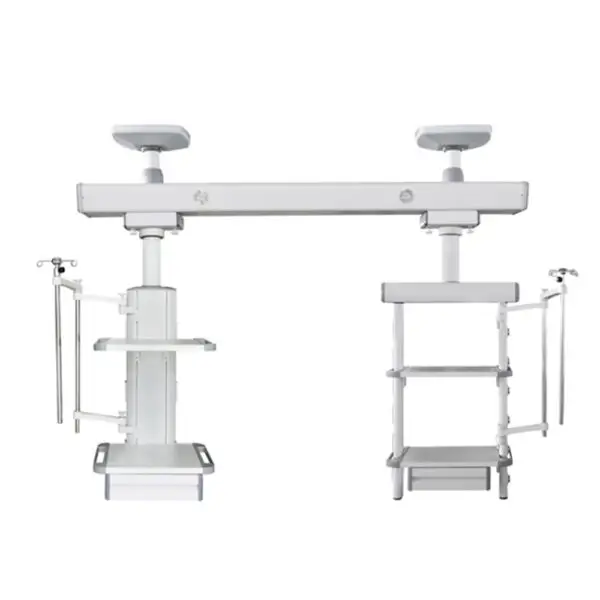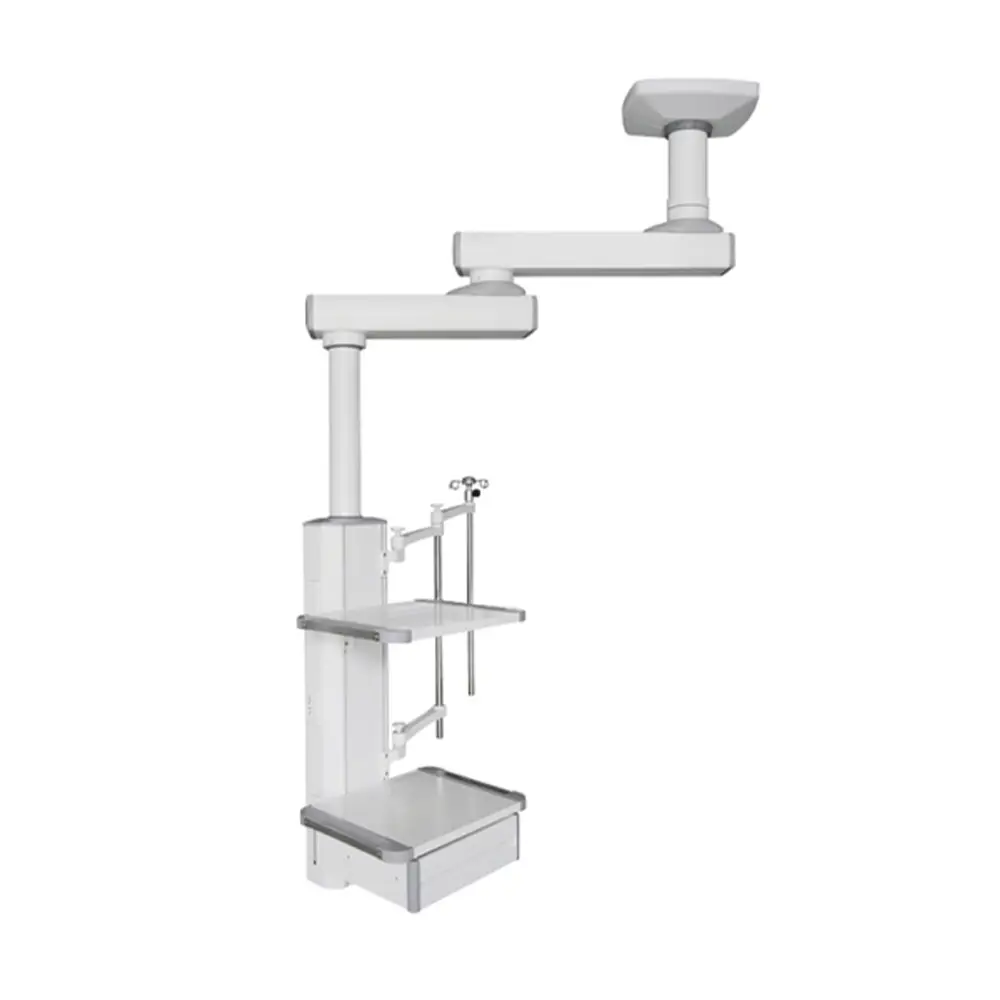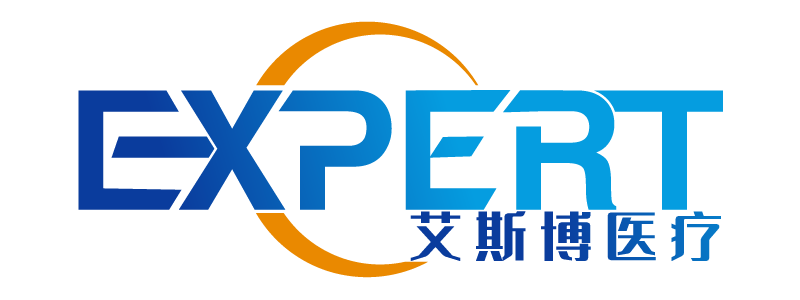عنوان
304 شارع الكاردينال الشمالي
مركز دورتشستر ، ماساتشوستس 02124
ساعات العمل
من الاثنين إلى الجمعة: 7 صباحًا - 7 مساءً
عطلة نهاية الأسبوع: 10 صباحًا - 5 مساءً
مرحباً بكم في مدونتي!
قبل أن نتعمق في المحتوى، أود منك الانضمام إليّ على منصات التواصل الاجتماعي الخاصة بي حيث أشارك المزيد من الأفكار وأتفاعل مع المجتمع وأنشر التحديثات. إليك كيفية التواصل معي:
فيسبوك:https://www.facebook.com/profile.php?id=100071234835011
لينكدإن:https://www.linkedin.com/company/74943205/admin/dashboard/
يوتيوب:www.youtube.com/@shandongexpertmedicalequip4695
تيك توك:www.tiktok.com/@expertmedical
الآن، لنبدأ رحلتنا معًا. أتمنى أن تجد المحتوى هنا مفيدًا وجذابًا وقيمًا.

In the ever-evolving field of critical care, the integration of advanced technology has played a pivotal role in improving outcomes for patients in Intensive Care Units (ICUs). One of the most transformative innovations in ICU design is the incorporation of pendant medical equipment. These ceiling-mounted systems offer a unique combination of accessibility, functionality, and safety that is essential in high-pressure medical environments. Unlike traditional setups that rely on wall-mounted or floor-based equipment, pendant medical equipment frees up valuable space and provides a more ergonomic working environment for healthcare providers. This blog will explore in detail the top benefits of pendant medical in ICUs, highlighting how it contributes to a safer, more efficient, and cleaner clinical setting.
Pendant medical equipment refers to overhead units that suspend vital medical utilities such as gas outlets, electrical sockets, data ports, and device supports from the ceiling, allowing medical teams to access essential services without cluttering the floor. These systems often consist of arms that rotate and extend, enabling healthcare professionals to position equipment precisely where it is needed. Pendant systems are especially common in operating rooms, emergency departments, and increasingly in ICUs where they support critical care operations.
The versatility of pendant medical equipment allows hospitals to customize setups based on specific needs. Whether it’s a single-arm system used for basic patient monitoring or a dual-arm configuration that supports complex procedures involving multiple machines, pendant medical equipment is designed to adapt. By elevating essential equipment off the ground, these systems help streamline workflow, reduce contamination risks, and improve overall safety and accessibility.

Patient safety is at the core of every ICU design, and pendant medical equipment directly contributes to creating a safer treatment environment. One of the biggest risks in critical care environments is the presence of cluttered cables, tubes, and machines on the floor, which can lead to accidental tripping, disconnection, or contamination. Pendant medical equipment mitigates this risk by suspending devices and their connections from overhead, keeping the floor area clear and organized.
In emergencies, seconds matter. When medical staff need to act swiftly—such as during cardiac arrest or respiratory failure—they must have unobstructed access to lifesaving tools. Pendant medical equipment ensures that gas lines, monitors, and resuscitation tools are exactly where they need to be without being tangled or misplaced. Additionally, most modern pendant systems include locking and emergency-release mechanisms that allow for quick repositioning during high-intensity procedures, further enhancing patient outcomes and safety.
Workflow efficiency in ICUs isn’t just about speed—it’s about precision, accessibility, and the minimization of errors. Pendant medical equipment plays a vital role in supporting a smooth workflow by allowing clinicians to work around the patient without restriction. In traditional layouts, floor-based equipment can become an obstacle, particularly when multiple staff members are working simultaneously during procedures or critical interventions.
With pendant medical equipment, ICU teams can easily position and share devices without interference. Rotating and adjustable arms offer a level of flexibility that enhances collaboration, allowing multiple clinicians to access tools from different angles without needing to physically move devices around the bed. This not only saves time but also reduces the risk of accidental disconnections or damage to sensitive equipment. Over time, such improvements in workflow efficiency translate into better patient care and reduced staff fatigue.
One of the persistent challenges in ICU environments is the limitation of physical space. Each ICU bed is typically surrounded by various machines, monitors, infusion pumps, and ventilators. Without a well-planned layout, these tools can consume valuable room and hinder staff movement. Pendant medical equipment addresses this issue by maximizing vertical space and organizing critical utilities overhead, creating a more spacious and maneuverable environment.
By suspending equipment from the ceiling, pendant systems free up the floor area for mobile units, stretchers, and personnel. This spatial optimization also supports infection prevention by reducing surface contact points. In small or retrofitted ICU rooms, the difference is even more noticeable, allowing hospitals to increase operational capacity without major infrastructure changes. Moreover, this improvement in spatial design can lead to better ergonomics for staff, reducing physical strain during long shifts.
One of the greatest advantages of pendant medical equipment lies in its ability to be tailored to the specific needs of each ICU bay. Every critical care setting has unique requirements based on the types of patients it serves, the equipment in use, and the preferences of the clinical staff. Pendant systems are available in a range of configurations including single-arm, dual-arm, fixed column, and articulated modular units.
This flexibility means hospitals can build pendant systems that include only the necessary utilities—such as oxygen supply, suction, power outlets, or lighting—without overloading the space. The arms can be adjusted in terms of rotation, reach, and height to suit different clinical procedures or patient profiles. For example, during a respiratory emergency, the arm holding the ventilator can be easily swung into place and locked for stability. Additionally, some advanced systems offer modular trays or drawer sets that can be attached or removed as needed, supporting long-term adaptability and efficiency.
ICUs must maintain rigorous infection control protocols, and pendant medical equipment significantly contributes to these efforts. Unlike floor-based or wall-mounted systems that accumulate dust and are harder to clean, pendant equipment is elevated, smooth-surfaced, and generally easier to disinfect. Many pendant systems are designed with minimal joints, seamless edges, and integrated cable management, reducing crevices where pathogens could thrive.
Furthermore, by keeping the floor clear of electrical cords and tubes, the cleaning staff can conduct more thorough and frequent sanitation of the patient area. Pendant medical equipment also minimizes physical contact between patients and devices, which is especially critical in isolating patients with infectious diseases. In high-stakes environments like the ICU, even a small improvement in hygiene and infection control can lead to a significant decrease in hospital-acquired infection (HAI) rates.
While the initial installation of pendant medical equipment may require a larger investment compared to traditional setups, the long-term economic benefits are considerable. Hospitals can achieve significant cost savings through reduced maintenance, fewer replacement parts, and better equipment longevity. Additionally, pendant systems consolidate multiple utility needs—electrical, gas, and communication—into one framework, lowering installation costs over time.
The durability of high-quality pendant medical equipment ensures that the system remains functional and safe for years, even in busy ICU environments. Modular designs also allow for future upgrades without complete system replacement. For example, as new monitoring technologies become available, they can be integrated into the existing pendant structure, eliminating the need for major infrastructure changes. From a financial planning perspective, pendant systems represent a cost-effective and future-ready solution for ICU modernization.
| ميزة | وصف | ICU Application |
|---|---|---|
| تصميم مثبت على السقف | Elevates equipment and utilities for better access and floor clearance | Improves mobility and staff coordination |
| Multi-Arm Configurations | Single or dual arms with flexible rotation and extension | Custom setups for general care or surgical ICUs |
| Integrated Utilities | Includes gas lines, electric outlets, data ports, and more | Streamlined access to essential services |
| Smooth Surfaces | Non-porous materials for easy cleaning | Supports infection control and quick sanitization |
| Load-Bearing Capacity | Engineered to hold heavy monitors, ventilators, and infusion pumps | Ensures safe support for critical equipment |
| Adjustable Height & Reach | Allows vertical and horizontal movement to suit various patient needs | Enhances ergonomic working conditions for clinicians |
| Emergency Release Function | Quick disengagement in urgent situations | Facilitates rapid access during resuscitations |
| Modular Shelving Options | Trays and brackets can be added or removed based on specific use cases | Adaptable to evolving technology and clinical demands |
Real-world examples demonstrate the impact of pendant medical equipment in enhancing ICU functionality. For instance, a tertiary-care hospital in Singapore redesigned its surgical ICUs with dual-arm pendant systems, resulting in a 30% increase in space efficiency and a 40% reduction in device-related incidents. Staff reported faster patient preparation times and improved coordination during emergency codes.
In another case, a community hospital in Germany installed pendant medical equipment in a newly built ICU wing. Over a six-month period, they observed a 15% drop in hospital-acquired infections, which they attributed to the improved sanitation and reduced clutter enabled by the ceiling-mounted systems. These outcomes show how pendant medical equipment not only supports better clinical performance but also contributes to operational and safety goals.

Looking ahead, the future of pendant medical equipment is poised to align with broader trends in smart hospital technology. Future systems are likely to integrate wireless charging pads for portable monitors, real-time device monitoring, and AI-assisted utility usage analytics. These innovations will help hospitals track power consumption, optimize gas use, and even predict maintenance needs, thereby improving resource management and reducing downtime.
Moreover, pendant medical equipment could soon feature touchscreen panels embedded directly into the arms, allowing clinicians to control lighting, environmental settings, or patient data displays without leaving the bedside. As medical equipment becomes more connected and autonomous, pendant systems will evolve from passive utility providers to active participants in patient care.
Pendant medical equipment offers numerous advantages for ICU environments, from enhanced patient safety and improved workflow to optimized space and superior infection control. Its versatility, cost-effectiveness, and ability to integrate essential utilities in one overhead structure make it an essential investment for any modern hospital.
If you are planning to upgrade your ICU or construct a new critical care wing, consider how pendant medical equipment can transform your medical environment. اتصل بنا today to explore tailored pendant solutions that meet your clinical, spatial, and budgetary needs.
What is the primary function of pendant medical equipment?
It is designed to organize and suspend medical utilities and devices above the patient bed, providing better accessibility and safety while reducing floor clutter.
كيف يفعل معدات طبية معلقة help in emergency situations?
Pendant systems offer easy positioning of critical devices and have emergency release functions that enable quick access during life-saving procedures.
Can pendant medical equipment reduce infection risks?
Absolutely. By minimizing floor-based surfaces and incorporating smooth, easy-to-clean materials, pendant systems support strict infection control protocols.
